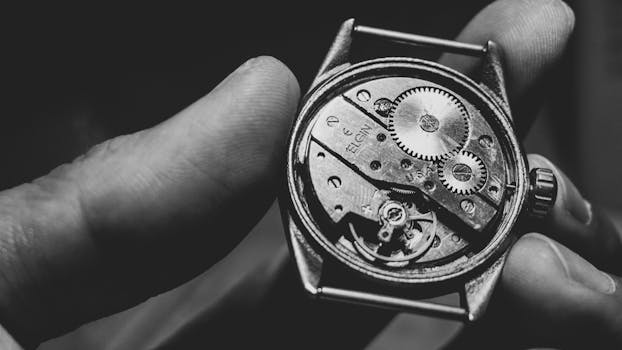The Origins of Watchmaking
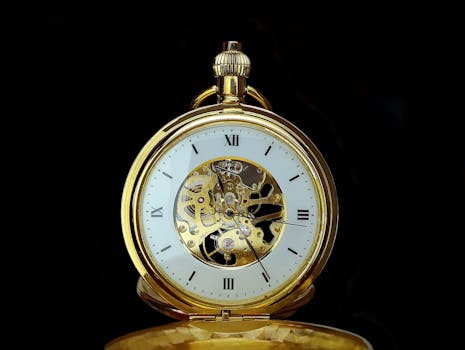
Watchmaking, an intricate blend of science, art, and technique, traces its roots back to the early 16th century. It began in Europe as craftsmen transitioned from clock making, which primarily involved significant wall-mounted mechanical timepieces, to the smaller and more precise portable watches. Early examples included sundials and water clocks, leading to the evolution of mechanical devices that could maintain accurate time.
The Craftsmanship of Early Watchmakers
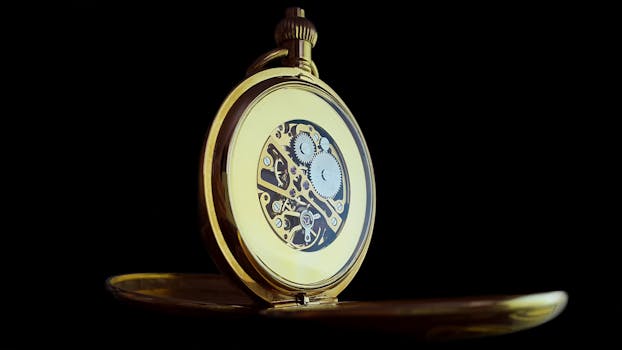
The golden age of watchmaking truly began in the 18th century with innovations in craftsmanship. Artisans from Switzerland emerged as pioneers, utilizing techniques such as engraving and detailing intricate designs. Pocket watches became predominant, showcasing a blend of utility and luxury. These meticulous creations often incorporated gemstones and precious metals, establishing watches as status symbols.
Technological Innovations in the 19th Century
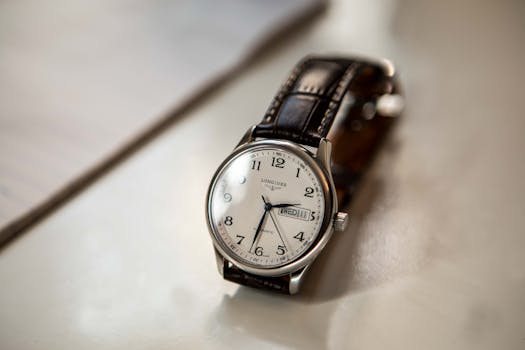
The 19th century marked an era of rapid advancements in watch technology. The introduction of standardized parts, a revolutionary concept pioneered by companies like Taylor & Co and the famed American watchmakers in Waltham, allowed for easier manufacturing and repairs. Additionally, the development of quartz technology in the early 20th century proved to be a game-changer. Quartz watches dramatically increased the accuracy of timekeeping and significantly reduced costs, dominating the market by the 1970s.
Luxury Meets Precision: The Birth of Modern Watchmaking
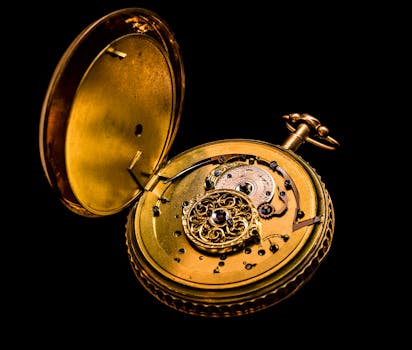
As the 20th century progressed, a resurgence of craft-based watchmaking emerged. Iconic brands like Rolex and Patek Philippe began integrating luxury elements such as diamond embellishments and rare materials into their products. Furthermore, the simplicity of the Swiss movement set international standards for watch manufacture. The culmination of fashion and function solidified the status of wristwatches: indispensable everyday runabouts that echoed personal taste and identity.
Watchmaking in the 21st Century: Still Going Strong
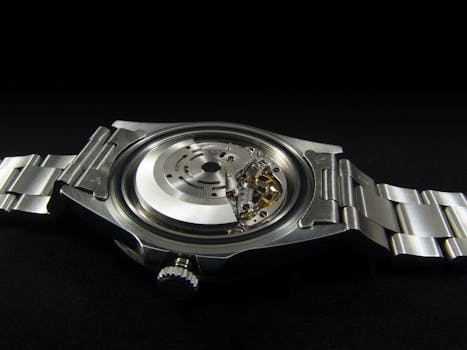
Today, watchmaking combines centuries-old traditions with cutting-edge digital technology. Innovations such as smartwatches and hybrid models that merge analog accuracy with digital updates mark our contemporary horizon. While smart technology has captured the current technological spotlight, luxury watchmakers continue to thrive, celebrating intricate craftsmanship and horological science. The resurgence of mechanical watches in recent years reveals a longing for tangible craftsmanship amid our technology-driven lives.

